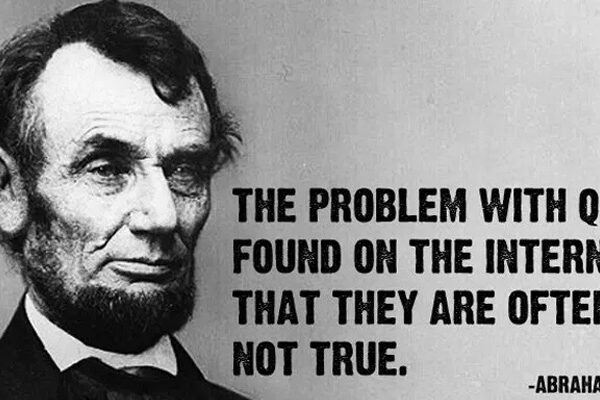Hello Writers and Readers, and welcome to this weeks post. This week we are talking about the villains, and how to write them. We have found this helpful video on Youtube made by freelance editor and content creator, Ellen Brock. In this video she discusses some possible issues that you may have with your villain characters, and ways you could correct them. We can suggest you subscribe, and check out all of her wonderful content, and we will also be linking her channel down below and any other links we find relevant.
For those of you who have either finished the video and want a bit of a recap, or don’t really like watching videos for some reason, we have prepared a short summary for you. We got some great notes from this video, and we hope you will too. But Sir Knightington, it is time to ride hence, TO… THE… SUMMARY!
Some writers will treat antagonists as just something to figure out later, but this is discouraged as antagonists should be treated like they are just as important as the protagonist, because they are that important. The antagonist is what makes your reader feel nervous and anxious, and dependent on your story, scared. Even if you aren’t writing a horror you still have to have some small amount of fear towards them, at least fear for the protagonist and what could happen if the protagonist doesn’t win. A common mistake on writing an antagonist is making them vague, so vague in fact that they seem as if they aren’t really a part of the story until the scene where protagonist meets antagonist. You want your antagonist to actually have a presence within the story, make them either appear physically or just have side effects like henchmen or devious acts to show that they exist. You want your antagonist to be moving forward even as your protagonist does, creating two active characters, and some fun and creative scenes to create. Sometimes people make the antagonist just cruel for seemingly no reason, you need to give the antagonist some kind of logic for what they do. Also your antagonist shouldn’t show up just to intimidate, there has to be reason behind their presence, as well as how they have to have proper motives for what they do. Having villains that change how they act per what needs to happen for a scene can make a character that seems more cartoony than real, the antagonist must behave in a way that is caused by a logical belief, a goal, and a motive. Find your antagonists beliefs on themselves, the world, and the protagonist, then discover how they will behave with these beliefs. When you do this it creates depth and spark behind the antagonists goal. Also remember that the antagonist has more purpose than to just take down the protagonist, they have goals beyond that.
Hope you all enjoy and have a good day, and see you next week!
Check out Ellen Brock’s channel here.
Check out the original video here.
Check out Ellen Brock’s website here.
Check out Ellen Brock’s blog here.







